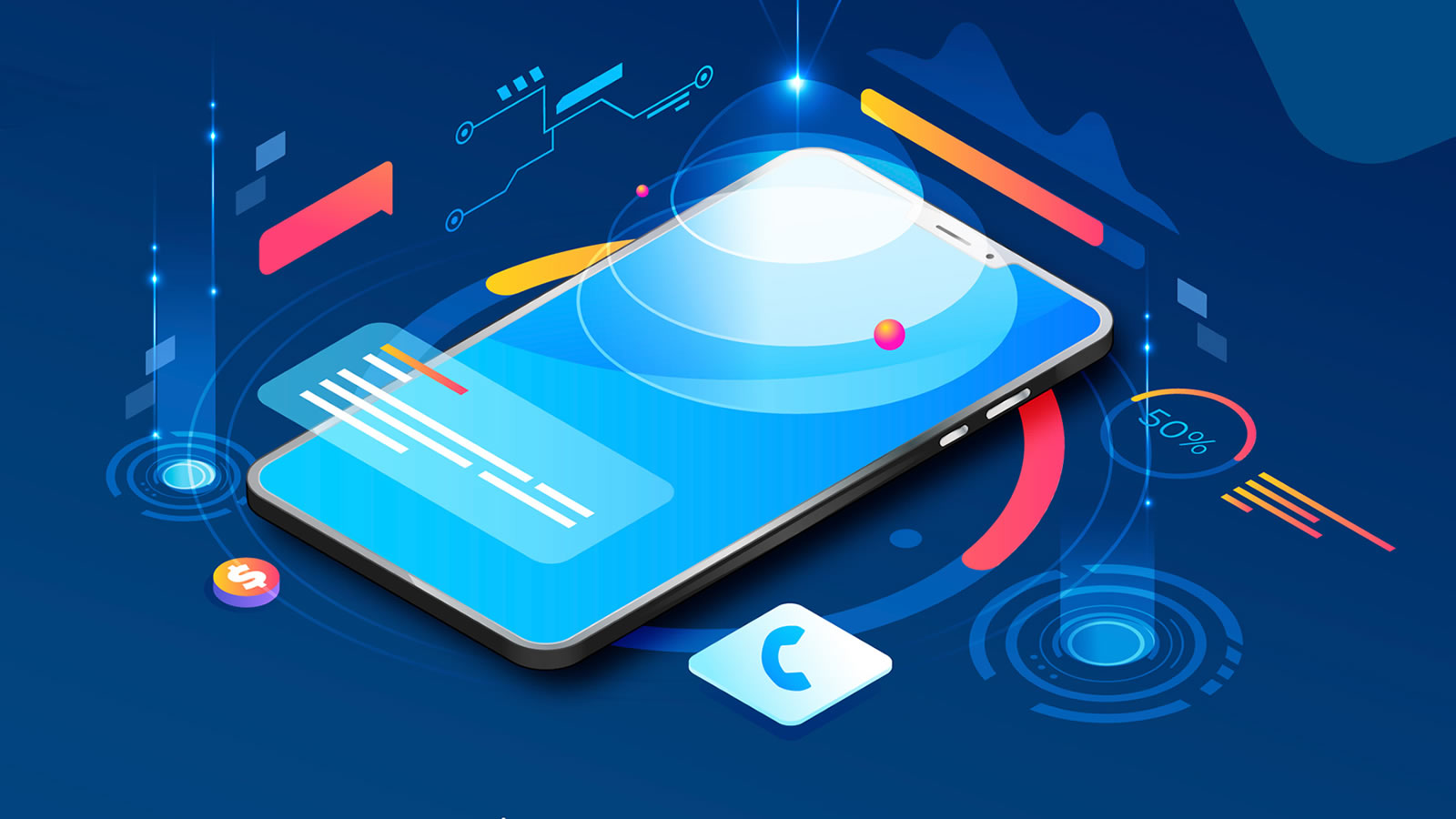In today's interconnected world, wireless connectivity has become an integral part of our daily lives. From smartphones to wearables and smart home devices, the need for seamless and energy-efficient wireless communication is ever-growing. Enter Bluetooth Low Energy (BLE), a technology that has transformed the way devices connect and interact with each other.
In this beginner's guide, we will unravel the mysteries of BLE devices, delve into their functionality, explore their applications across various industries, and equip you with the knowledge you need to get started with this cutting-edge technology.
What is Bluetooth Low Energy (BLE)?
Bluetooth Low Energy, also known as Bluetooth Smart, is a wireless communication technology designed to consume minimal power while maintaining a robust connection. It was introduced as part of the Bluetooth 4.0 specification and has since gained widespread adoption in various domains due to its low power consumption, cost-effectiveness, and ease of use.
How Does BLE Work?
Unlike its predecessor, Classic Bluetooth, BLE is specifically designed for low power consumption, making it ideal for battery-powered devices. BLE devices operate in a "dual-mode" fashion, allowing them to be backward compatible with Classic Bluetooth, while also providing enhanced power-saving capabilities.
BLE devices consist of two main components: the central device and the peripheral device. The central device, such as a smartphone or tablet, initiates and controls the communication, while the peripheral devices, such as fitness trackers or smart sensors, provide data or respond to commands.
When a central device wants to connect to a peripheral device, it initiates a scan to discover available BLE devices in its vicinity. Once a peripheral device is found, a connection is established, and the two devices can exchange data.
Applications of BLE Devices
- Fitness and Healthcare: BLE has revolutionized the fitness and healthcare industry by enabling the development of smart wearables, such as fitness trackers and heart rate monitors. These devices can track various health metrics, provide real-time feedback, and seamlessly integrate with smartphones or other central devices.
- Smart Home and IoT: BLE technology plays a crucial role in the growth of the Internet of Things (IoT) and smart home devices. From smart locks and thermostats to lighting systems and home assistants, BLE enables effortless connectivity, allowing users to control and monitor their smart devices from a central hub or smartphone.
- Asset Tracking and Indoor Navigation: BLE beacons and tags have become essential tools for asset tracking and indoor navigation applications. Retail stores, airports, and warehouses utilize BLE technology to track inventory, locate items, and provide personalized location-based services to their customers.
- Automotive: BLE is making significant strides in the automotive industry. From keyless entry systems to tire pressure monitoring, BLE enables secure and efficient communication between various vehicle components, enhancing convenience and safety.
- Industrial Automation: BLE devices find applications in industrial automation scenarios, where low power consumption, reliability, and interoperability are crucial. From wireless sensor networks to machine-to-machine communication, BLE provides a cost-effective solution for monitoring and controlling industrial processes.
Getting Started with BLE Devices
Now that you understand the basics of BLE technology and its applications, you might be eager to dive into the world of BLE devices yourself. Here are a few essential steps to get started:
- Choose Your BLE Development Platform: Depending on your project requirements, you can select a suitable BLE development platform such as Arduino, Raspberry Pi, or Nordic Semiconductor's nRF52 series. These platforms provide development boards, software tools, and libraries to simplify the process.
- Learn BLE Programming: Familiarize yourself with BLE programming concepts and protocols. Bluetooth SIG, the governing body of Bluetooth technology, provides comprehensive documentation, tutorials, and sample code to help you get started. Additionally, online resources, forums, and communities can be valuable sources of information and support.
- Set Up Your Development Environment: Install the necessary software development tools and IDEs (Integrated Development Environments) for your chosen platform. This will enable you to write, compile, and deploy your BLE applications onto the target devices.
- Experiment and Build Projects: Start small by experimenting with basic BLE functionalities, such as establishing connections, exchanging data, and implementing simple services. Gradually, you can expand your knowledge and explore more advanced features and applications.
Conclusion
Bluetooth Low Energy (BLE) devices have opened up a world of possibilities for wireless connectivity. From smart wearables to industrial automation, BLE technology is driving innovation across various domains. With this beginner's guide, you now have a solid foundation to explore the limitless potential of BLE devices. So, embark on your BLE journey, and unlock the power of wireless connectivity to create groundbreaking applications and experiences.

